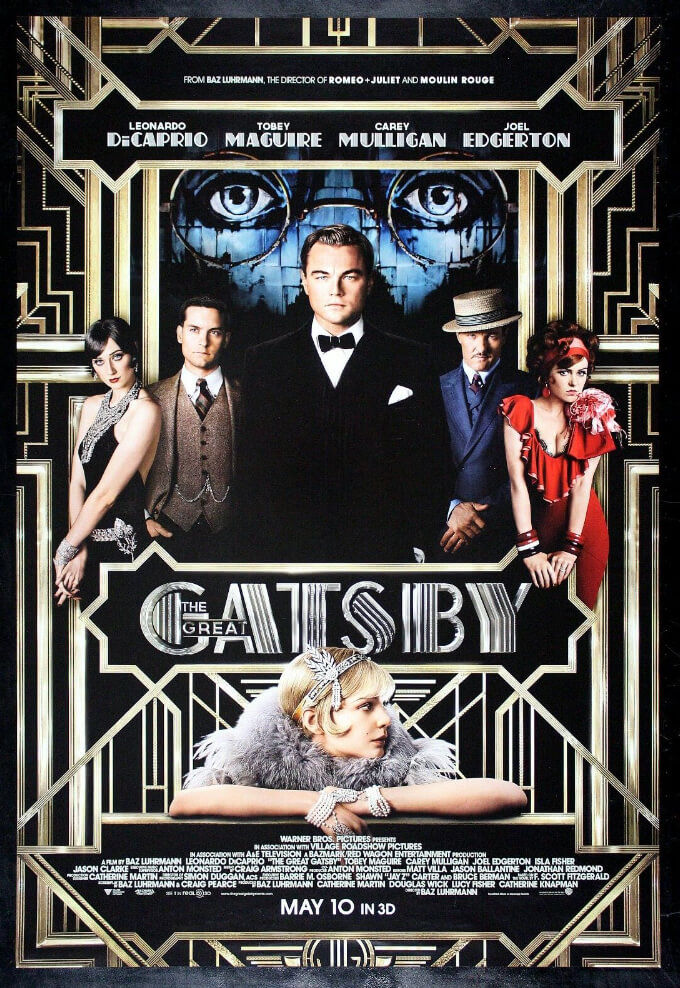Art Deco in Graphic Design (1920s–1940s): The Golden Age of Elegance and Geometry
- Uğur KURŞUN
- Aug 30, 2025
- 2 min read
Art Deco emerged in France in the early 1920s and remained popular until the 1940s. The term comes from the Exposition Internationale des Arts Décoratifs et Industriels Modernes, held in Paris in 1925. This movement reflected the post–World War I desire for modernization and luxury, leaving a strong mark not only in graphic design, but also in architecture, fashion, and industrial design.
In graphic design, Art Deco is best known for its geometric patterns, symmetrical compositions, and luxurious aesthetics. Symbolizing modern technology, urbanization, and progress, the style offered a sophisticated, glamorous, and visually striking language.

Key Characteristics of Art Deco in Graphic Design
Geometric Forms: Straight lines, triangles, zigzags, sunburst motifs, and symmetrical layouts.
Luxury Aesthetic: Use of gold, silver, black, white, and bold contrasting colors.
Typography: Strong, bold, and angular typefaces.
Modernity and Progress: Motifs inspired by industry, machinery, and urban life.
Decorative Elements: Unlike minimalism, ornamentation is central, while functionality is preserved.

Applications of Art Deco in Graphic Design
Poster Design: Fashion, travel, and cinema posters in the 1920s and 1930s prominently displayed Art Deco elements.
Book Covers & Magazines: High-end publications used the style to convey elegance.
Advertising: Luxury goods like cosmetics, automobiles, and fashion brands often featured Art Deco visuals.
Architectural Illustrations: Drawings that glorified skyscrapers and modern city life.

Iconic Examples of Art Deco
A.M. Cassandre’s Posters: The French designer Cassandre is a leading figure of Art Deco. His works such as Dubonnet and Normandie posters remain iconic.
Chrysler Building (New York, 1930): A landmark of Art Deco architecture.
Hollywood Movie Posters: During the 1930s, the film industry embraced the elegance of Art Deco in poster and set design.
The Influence of Art Deco Today
Art Deco is not just a historical movement but a continuing source of inspiration for modern graphic designers. Many luxury brands reinterpret Art Deco typography and geometric motifs in their logos, packaging, and visual identity. Even in today’s minimalist design era, Art Deco still stands out for its ornate yet structured appeal.



